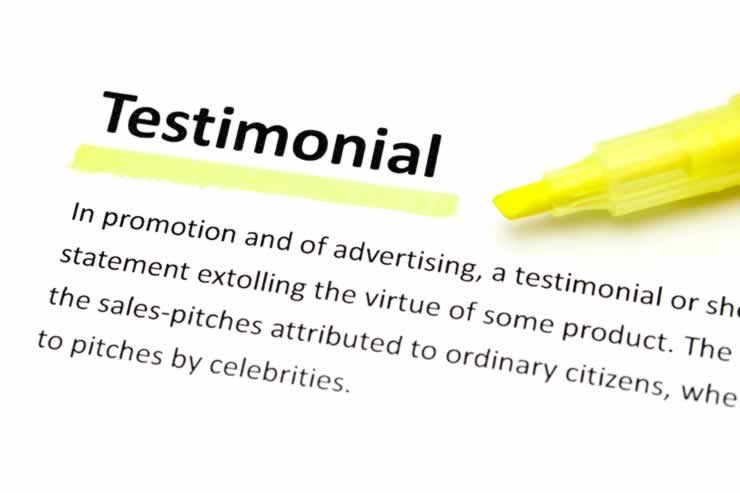
Choosing the Right Storytelling Format
Before writing your brand’s story, you need to pick a storytelling format and style that best suits you and your audience. Before doing this, you need to have an understanding of who your target audience is—a crucial aspect for the success of any business. After understanding your target audience, you can decide the format in which they will best understand and enjoy.
A storytelling format includes the platform and materials you use to tell your story.
Common Formats Used for Corporate Storytelling
Note that any of these formats can be used alone or together to engage your audience entirely.
Oral: Oral content includes podcasts, recorded audio, public speaking events, or other audio that doesn’t require watching or reading. A perfect example of live presentations are TED Talks.
Visual: Visuals can include infographics, memes, motion graphics, pie charts, PowerPoints, videos, etc. Visuals are typically used in conjunction with written content to help expand upon the story. Humans are visual creators and learners; therefore, we often gravitate towards this type of content as it’s easy to consume.
Written – The most common format for storytelling is written content. Examples of written content for corporate storytelling include articles, eBooks, blog posts, e-mail campaigns, case studies, or white papers.
Tips on Choosing the Right Format for Your Brand’s Story
Follow Your Company Mission Statement and Values
Over time, your company will likely benefit in some way from using each format listed above. However, you need to make sure you start with the right structure that makes sense to your goals and niche.
For example, to start a podcast and get more people to join your network, pushing out a lot of written content to gain the right audience doesn’t exactly make sense. This particular audience is most likely on-the-go types or people who prefer to listen rather than read or watch content. Therefore, you need to keep creating podcasts and pushing out other oral content to be sure you keep attracting the right audience.
Start and Guide with Your Ending Objective
In other words, write the end to your story first and then develop the beginning and middle. This way, you can be sure you create the best story to make the most impact on your audience. It’s easier to choose the right style when you know exactly what kind of outcome you want.
For example, if your goal is for more customers to join your monthly program, then you’ll likely be more successful with a story from a customer’s point of view that creates a visual experience with your product.
Keep Your Audience in Mind
Don’t start developing a story only to realize you need to start over or that you’ve offended your target audience. Putting out a story that doesn’t work for your audience will ultimately push people away, making it harder to gain their business and loyalty. Remember, it’s always about your audience and how they perceive you.
It’s important to understand your audience and what format will work best to reach them. In the end, if you truly understand your buyer persona and know what goals you aim to achieve, then you will know what storytelling format is right for you. By understanding your audience, you can better connect with them and achieve your business goals.





